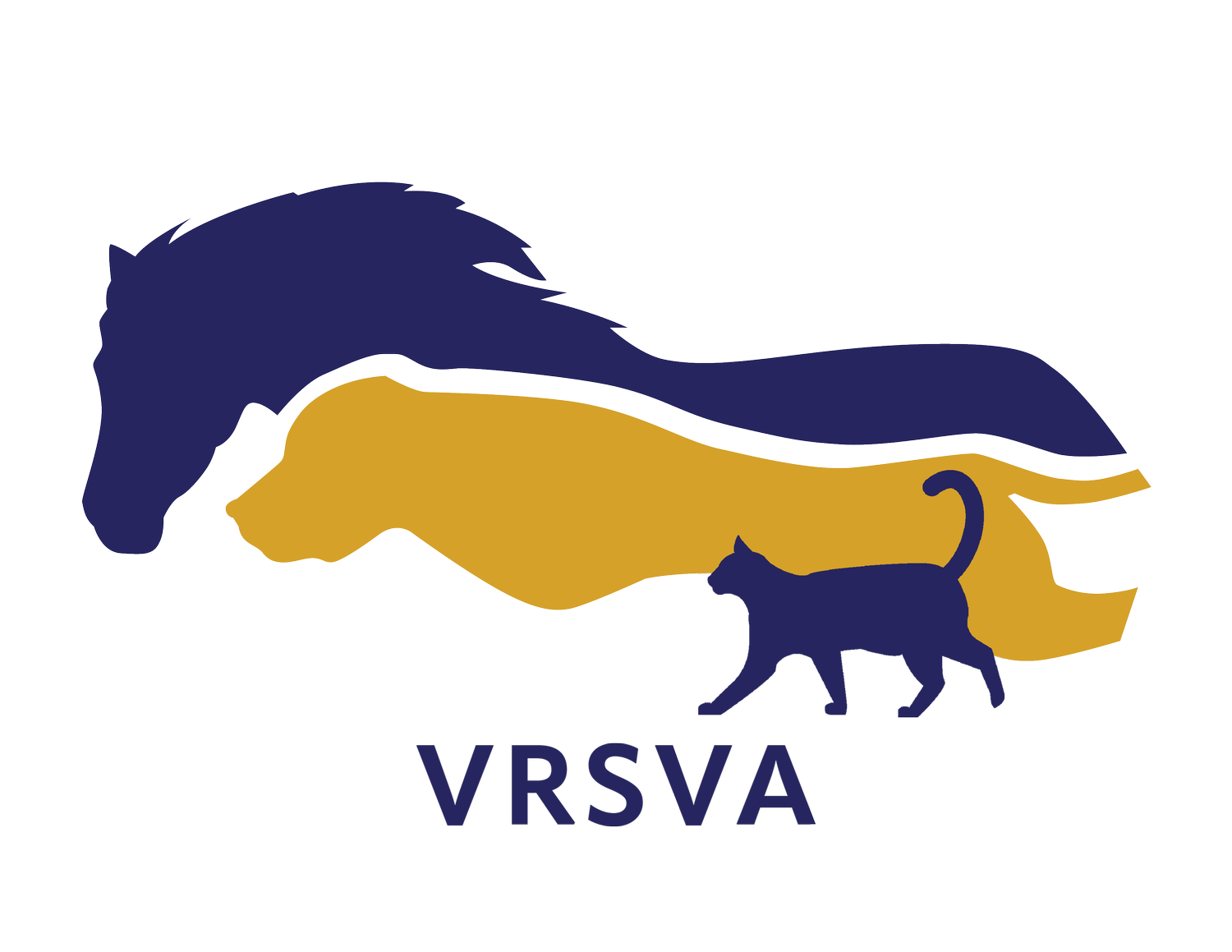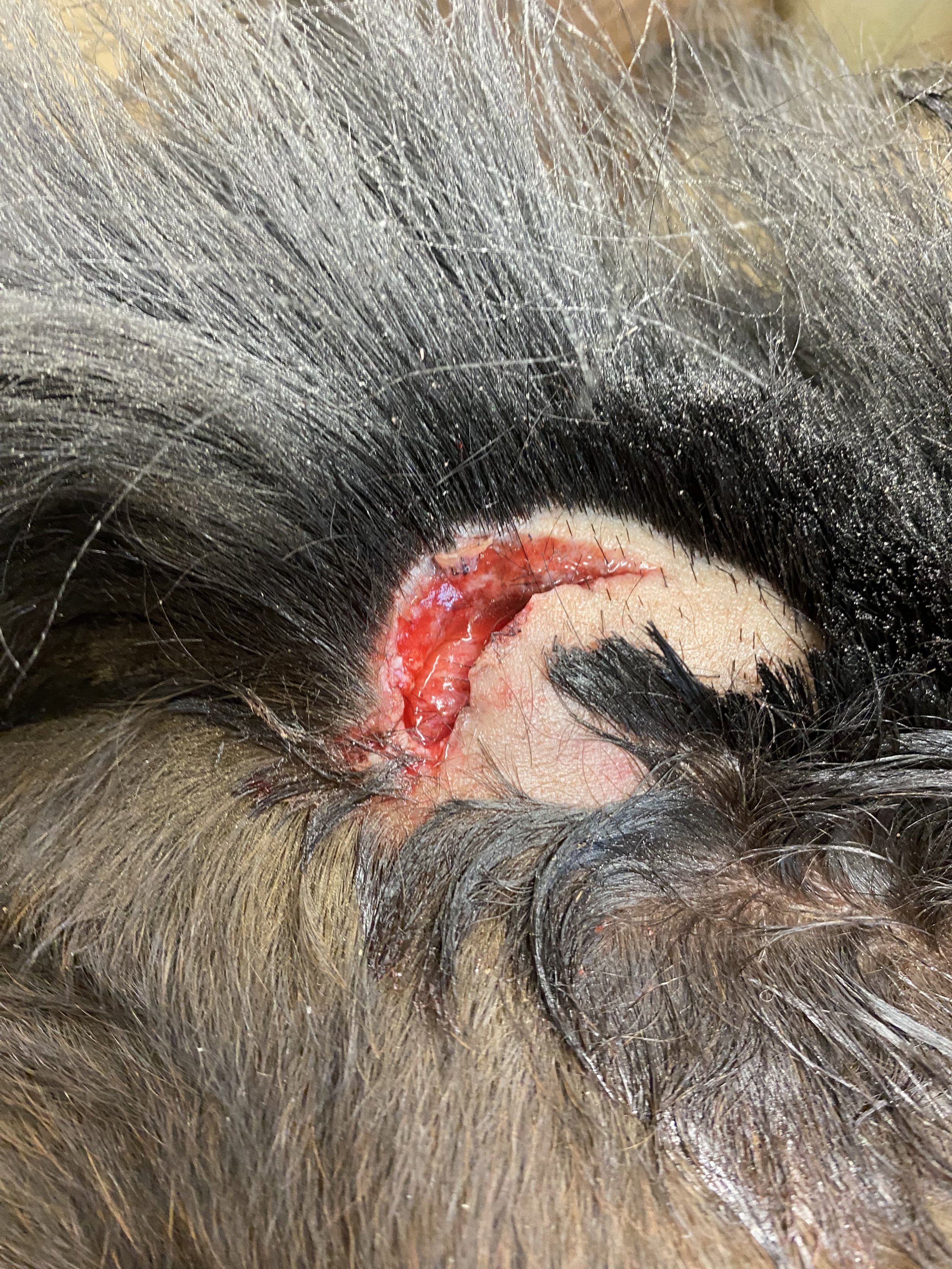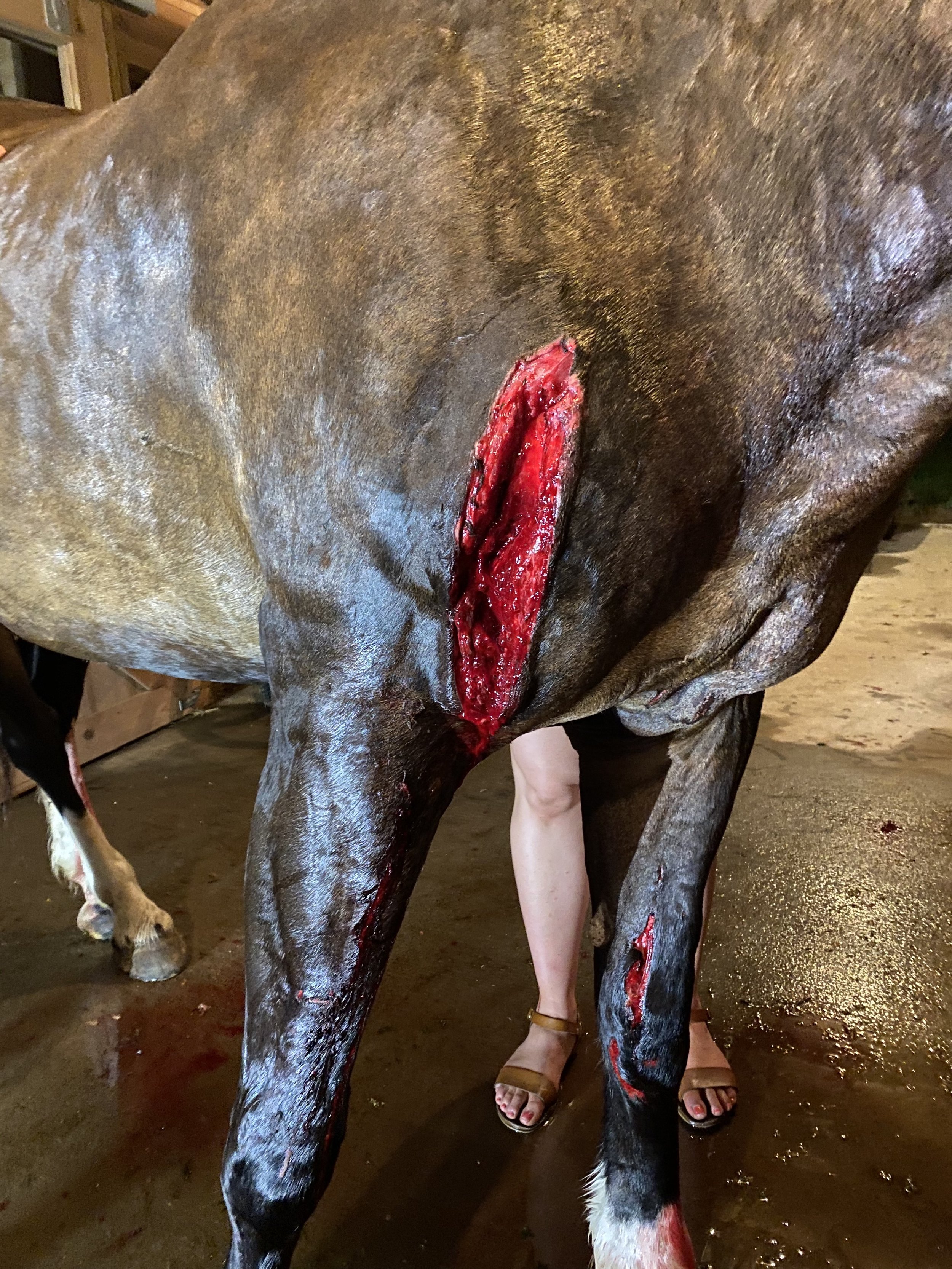Rehab During Each Phase of Tissue Healing: Phase 1
*Warning: Article contains graphic images of healing wounds.
The phases of healing after an injury are key to developing an animal’s rehabilitation plan. The process of tissue healing is fragile and can be prone to failure if not managed appropriately. Stressing an injury too much and too soon can result in lack of healing or re-injury. At the same time, loading an injury too little and too late can prolong healing times and lead to unorganized tissue repair, loss of range of motion and permanent adhesions. Either scenario results in prolonged pain for the animal and decreased chance of full recovery.
Each type of tissue - skin, tendon or ligament, cartilage, muscle, bone - heals in a specific series of overlapping phases. We’ll take a look at each step in the healing process and how rehabilitation can be used to encourage the fastest, strongest recovery possible.
The first stage of healing after an injury is Hemostasis, or the cessation of bleeding. Almost immediately after an injury (or surgery), blood vessels begin to constrict to decrease blood flow to the area. Platelets are then sent to the injury to form a temporary plug or clot. A series of events called the coagulation cascade is then activated, resulting in formation of a fibrin clot, which acts as a bandage to prevent continued bleeding.
This is obvious when it occurs in an open wound where bleeding is visible, but it also takes place in a torn tendon, ligament or fracture.
The sooner an injury is identified, the sooner we can begin to aid in the healing process. Ideally, this is the time to have an initial veterinary evaluation of the injury.
How can we help in the hemostasis phase?
A veterinarian should assess the overall state of the animal and provide immediate first aid.
Applying manual pressure and/or a pressure bandage to an acute injury will help to slow bleeding and allow the platelet clot to form.
Keeping the animal still and calm immediately after injury will prevent disruption of the initial platelet plug and allow quicker formation of the fibrin clot.
As hemostasis is accomplished and the animal is stabilized, the injury should be evaluated to assess its full extent. Imaging such as ultrasound or radiography may be performed to reach a proper diagnosis and form an initial rehabilitation plan.
At this point, we are beginning to enter into Phase Two of healing — the Inflammatory Phase. Stay tuned for our next article as we move through the four stages of tissue healing.






